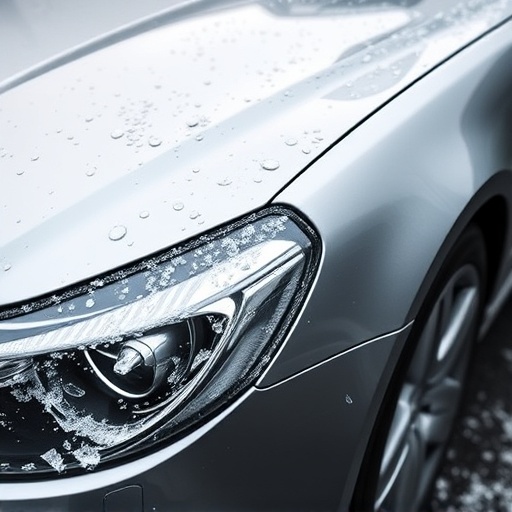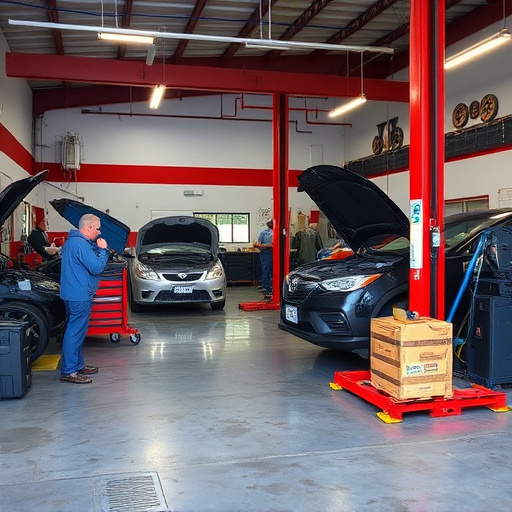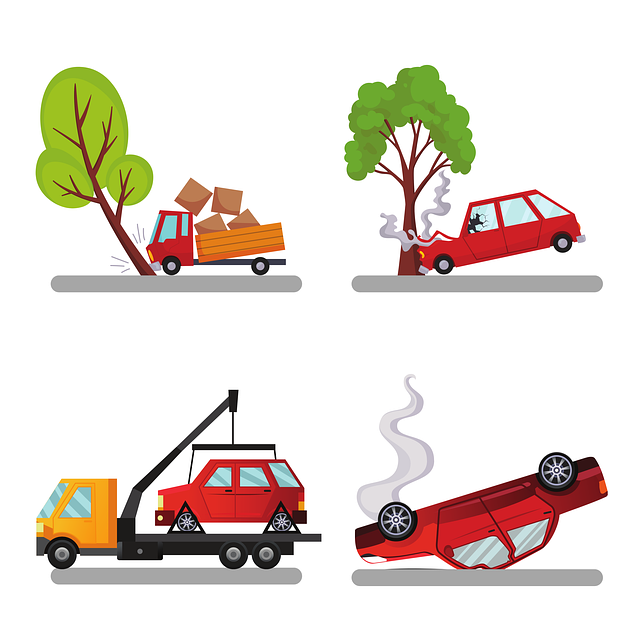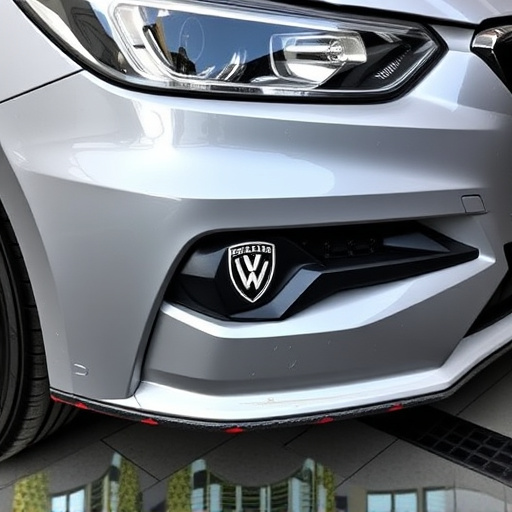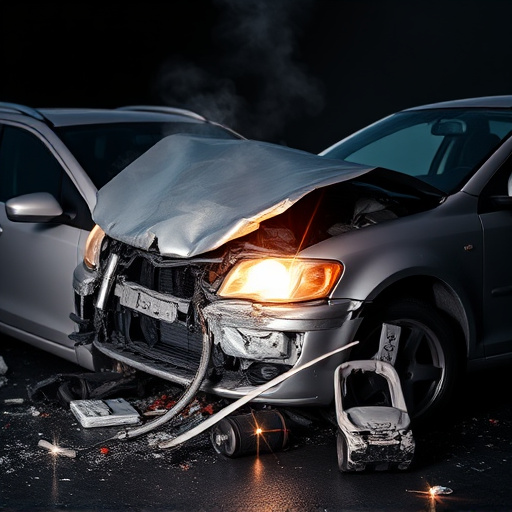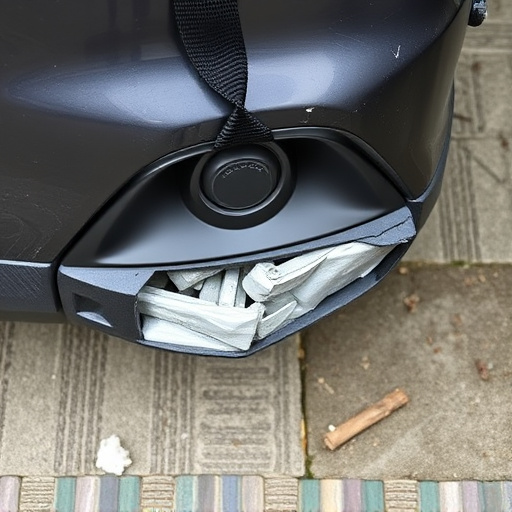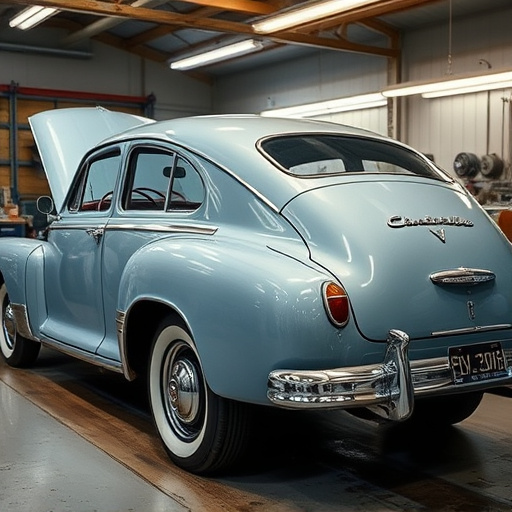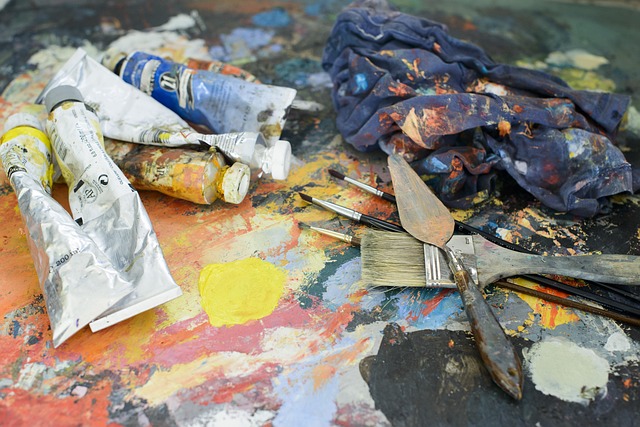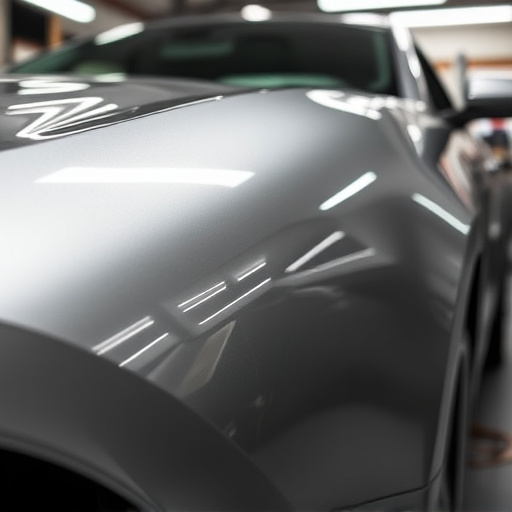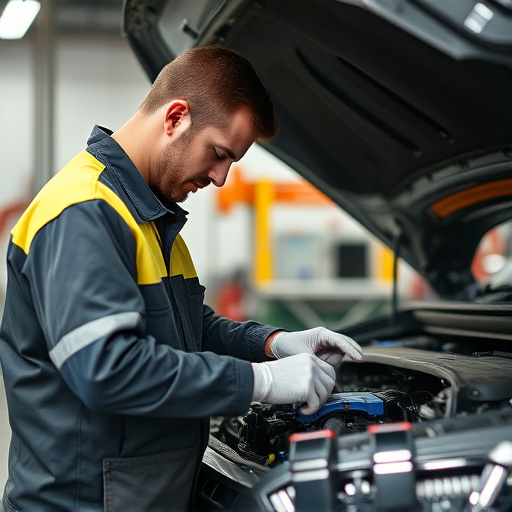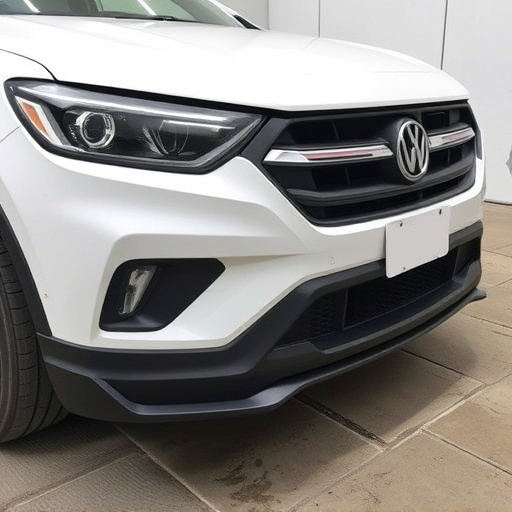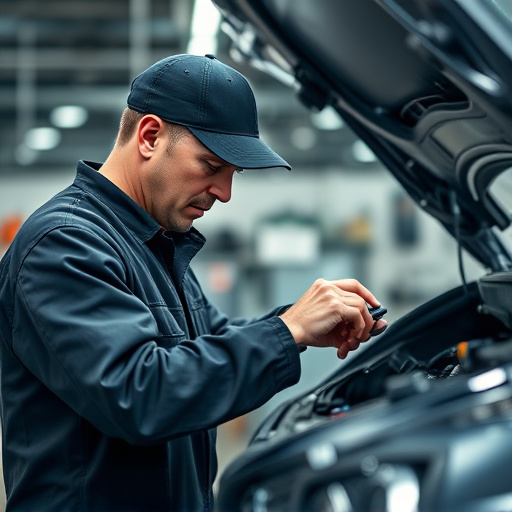Plastic bumper cover repair involves assessing damage and selecting appropriate tools & materials. Key steps include sanding, cleaning, applying undercoat, using progressively finer sandpaper for a seamless finish, and touching up minor imperfections to match vehicle's aesthetics. Effective repair requires specialized equipment like paint mixers and body fill compounds, ensuring long-lasting durability.
In the realm of automotive aesthetics, plastic bumper covers are prone to damage, requiring skilled repairs. This article guides you through the process of blending paint during plastic bumper cover repairs, ensuring a seamless and professional finish. We’ll explore common types of damage, essential tools and materials, and provide a detailed step-by-step technique for achieving a flawless result. By understanding these methods, folks can confidently tackle minor bumps and scratches, keeping their vehicles looking their best.
- Understanding Plastic Bumper Cover Damage
- Tools and Materials for Repair
- Step-by-Step Paint Blending Technique
Understanding Plastic Bumper Cover Damage
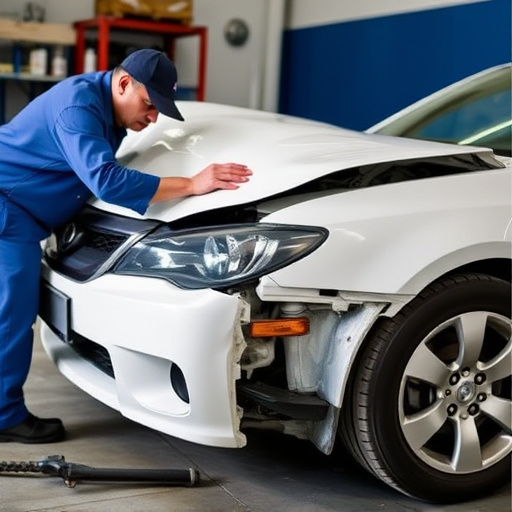
Plastic bumper covers are susceptible to various types of damage, from small dents and scratches to more significant impacts that can deform or crack the surface. Understanding the extent of the damage is crucial for effective plastic bumper cover repair.
Different levels of damage may require distinct approaches, such as simple dent removal techniques for minor imperfections or more specialized car paint services for extensive repairs. The goal is always to restore the cover to its original condition, ensuring a seamless and appealing finish that matches the vehicle’s overall aesthetics.
Tools and Materials for Repair

When it comes to plastic bumper cover repairs, the right tools and materials are essential for achieving a seamless finish. For this process, professionals often rely on a range of specialized equipment designed to handle the intricate details of car body restoration. One fundamental tool is the paint mixer, which blends paint colors accurately, ensuring a perfect match with the vehicle’s existing color. These mixers can be stand-alone units or integrated into spray guns, offering precision and efficiency in the collision center.
Additionally, a variety of materials are required to undertake this repair effectively. This includes high-quality body fill compounds for filling dents and scratches, sandpaper for smoothing surfaces, and, of course, paints specifically formulated for plastic. The use of appropriate paint ensures long-lasting durability and a professional finish, making the repaired area nearly indistinguishable from the original car damage repair.
Step-by-Step Paint Blending Technique
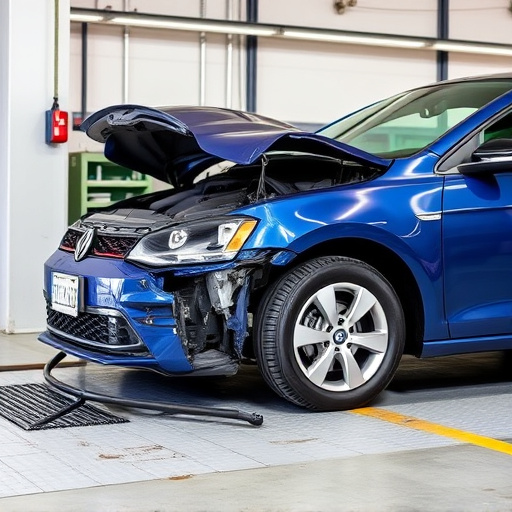
To achieve a seamless finish when repairing a plastic bumper cover, shops employ a precise paint blending technique. The process begins with preparing the damaged area by sanding and cleaning to ensure a clean surface for painting. Next, they apply an undercoat to prime the plastic, which helps the final coat of paint adhere better.
Using fine-grit sandpaper, technicians gently buff the freshly painted surface, gradually increasing grit to create a smooth transition between the repaired area and the original bumper cover. They then inspect the blend closely, making subtle adjustments with touch-ups as needed. This meticulous step ensures that the repair is nearly invisible, matching the surrounding surface perfectly. The end result is a professionally restored plastic bumper cover, demonstrating the skill and precision of automotive repair services, whether for a Mercedes Benz repair or any other vehicle body repair.
In the realm of plastic bumper cover repairs, achieving a seamless finish requires a meticulous blend of paint that matches the original color perfectly. By understanding the damage, gathering the right tools and materials, and mastering the step-by-step paint blending technique, shops can ensure that repaired covers look as good as new. This process combines precision, expertise, and attention to detail, ultimately enhancing the overall quality of plastic bumper cover repairs.

